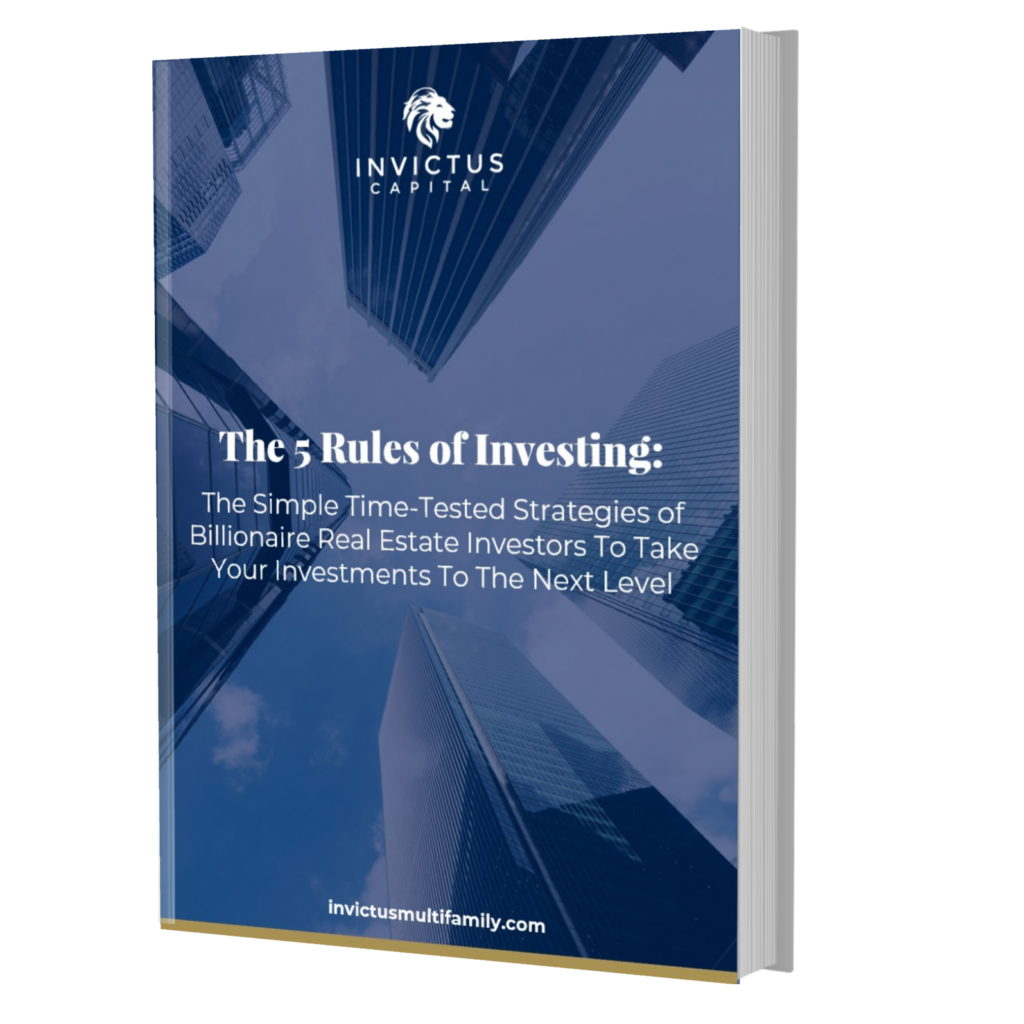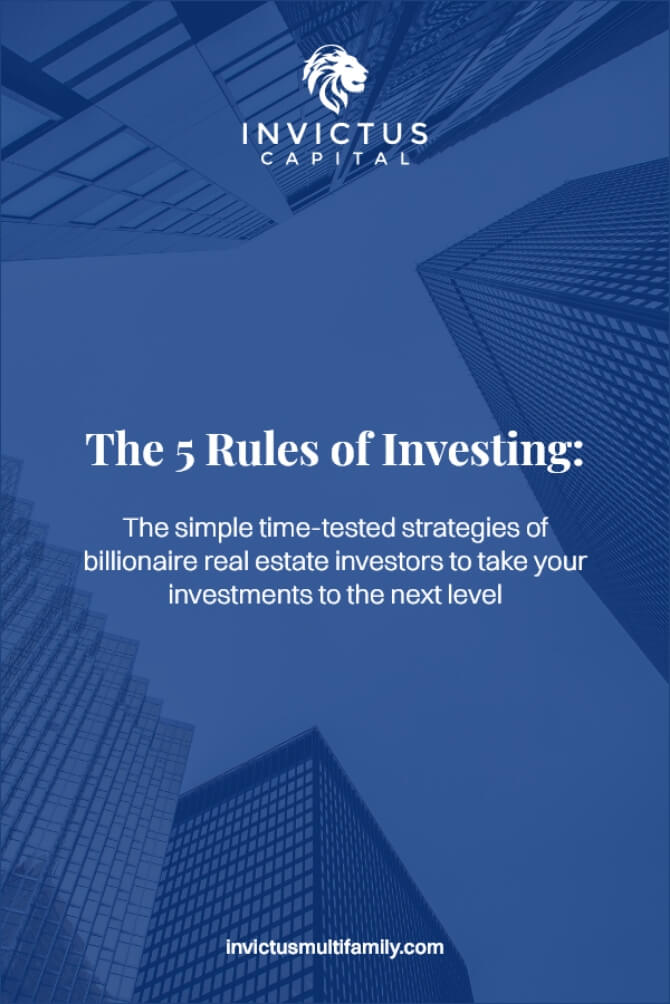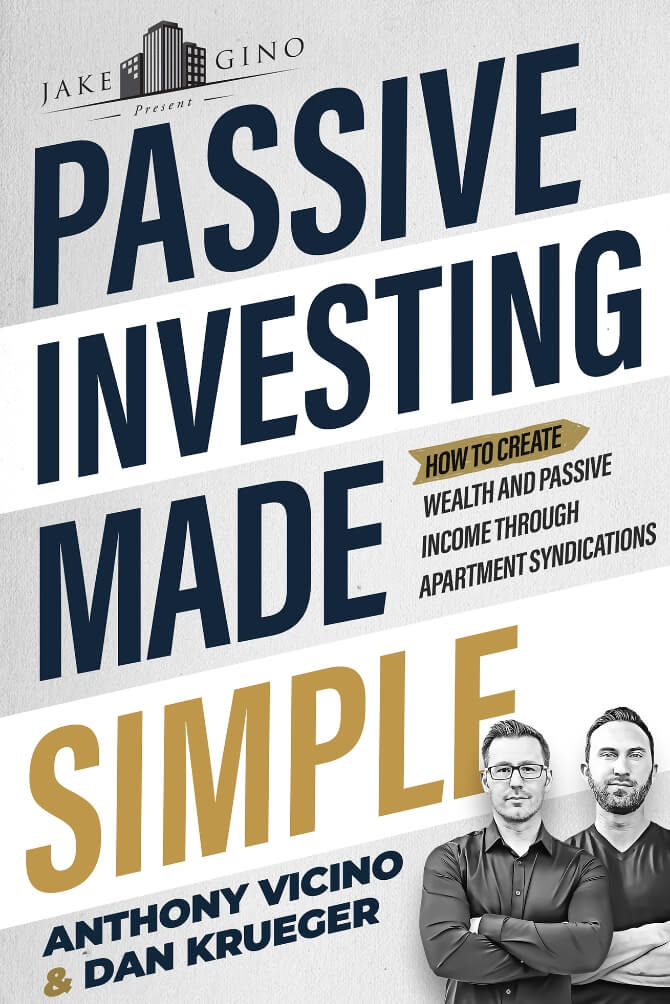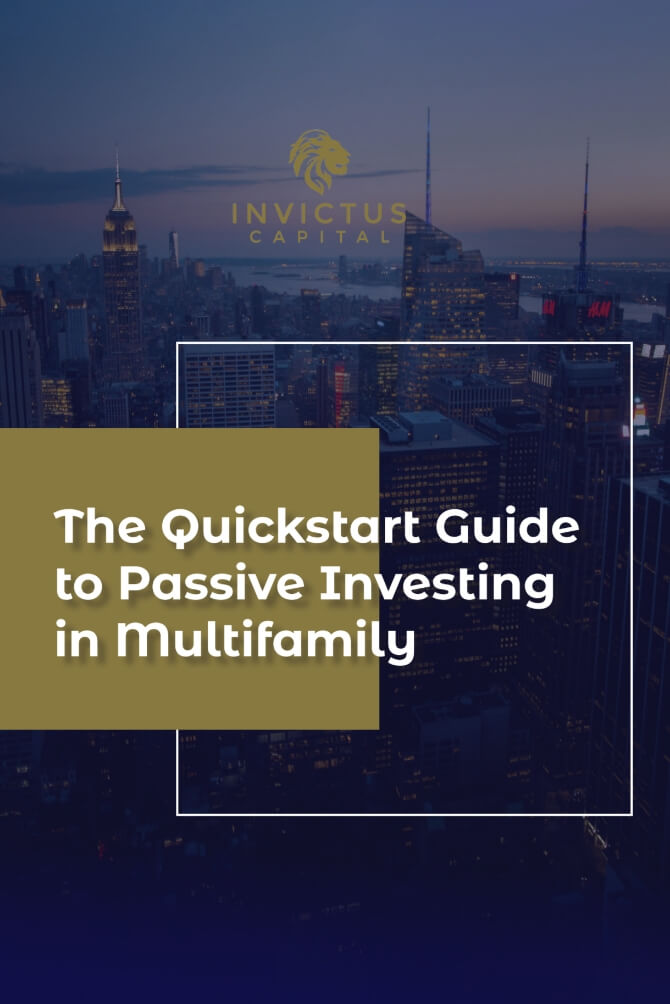My real estate investing journey began in the same way as countless others:
Househacking
That was a mistake.
Okay, maybe mistake is overselling it. That property ended up delivering exceptional returns, but, as we say around these parts:
How you make your money matters.
You could win millions in a game of Russian roulette, but neither the risk nor the ulcer inducing anxiety are worth the reward. It seems obvious when coached in those terms.
Unfortunately, most people don’t realize the investment strategy of chucking all your money into the stock market isn’t terribly different.
Up one day, down the next.
I enjoy rollercoasters as much as the next guy, but not when it comes to investing.
That’s what lead me into real estate investing. I loved the idea of owning a tangible, real asset that I controlled. An asset that put money back into my pocket each month. An asset that hedged against inflation, provided tax benefits, and the potential for appreciation.
What’s not to love?
So I set out to learn the easiest way to acquire my first asset and stumbled upon the househacking strategy. The principle of houshacking is simple.
Buy a building (preferably a duplex, triplex, or quad) and live in one unit while renting out the others. With this strategy, your tenants are paying down the mortgage, offsetting your living expenses so you practically live for free, and you still get to benefit from the tax benefits and appreciation.
What’s not to love?
Well, I’ll tell you.
But first, realize that I’m not hating on the househacking strategy. It’s an incredible way to get started in real estate investing assuming you understand all the pros and cons.
Most people, myself included, hop into their first househack while overlooking or downplaying those cons, only to find themselves six months to a year later pulling out their hair with frustration.
Case in point: One month after closing on my first property, I’m awoken at 2am to deal with bounty hunters trying to kick down one of my tenant’s doors. A couple weeks later, that same tenant informs me they are going to sue me because of black mold in the bathroom that’s making their baby sick. A week after that they were arrested for grand theft auto.
Welcome to the charmed life of being a landlord.
Here’s the thing that’s easy to overlook when you’re thinking about doing your first househack: Your home is no longer your refuge.
Put another way, the tenants always know where to find you. You can’t hide from them.
Don’t be upset if they knock on the door to complain about a flickering lightbulb when you’re in the middle of dinner. Congratulations, you’re a real estate investor now.
If you’re hearing this and your skin is starting to crawl with anxiety, then I commiserate. After only a few short months of this, I was looking for the exit plan.
It was in the search for an exit that I discovered a better method of investing in real estate. One that still afforded all the benefits (cashflow, appreciation, tax benefits, stability, control) of owning a piece of real estate, but without any of the work. If you’ve been hanging around this website for any period of time, you know what comes next:
Passive Invest in Apartment Syndications
In our experience, and that of Forbes, once investors get a taste for passive investing in commercial real estate, most usually make the switch entirely from small actively managed rentals to redeploy their capital into a large multifamily assets via syndication.
Here are five reasons they do just that.
5 Reasons You Should Passive Invest
Minimal Time Requirement
This seems so obvious that it should go without saying, but let’s not overlook one of the best reasons to passively invest in an apartment syndication. Many people think they’re investing in real estate when they go out and househack or actively manage their own portfolio.
I made the same mistake.
Being a landlord isn’t really investing, it’s a job. And unless you really enjoy working with tenants, handling repairs, and dealing with all the minutiae of operating a small business, you’ll likely find yourself quickly burning out on real estate in general.
Now, let’s not make a mistake and make it seem as though there’s zero work required of a passive investor. That’s simply not the case. To be an effective passive investor requires putting in the time to educate yourself on the multifamily business model, to vet potential operators, and analyze prospective deals.
That’s certainly less than dealing with a broken toilet in the middle of the night, but it’s not nothing.
The beauty of this work, however, is that it’s all front loaded. That is, all the work is generally required on the front end of a deal. Once the project is live, the amount of ongoing attention you must divert is limited.
And what’s more, the more deals you do, the easier future vetting of operators and deals becomes.
All in all, the amount of time required to be a passive investor is hard to beat.
Diversification
Actively managing your own portfolio limits your ability to scale into different asset classes, geographies, and operators. This isn’t necessarily a weakness of actively managing a property, but it’s definitely a limitation.
First, asset class. There are infinite ways to make money in real estate, but you don’t have infinite time to learn the ins-and-outs of every business model. Picking a specific lane, and then staying in it until you’ve mastered that model, is imperative if you want to realize long-term success as a real estate investor.
We see far too many new investors bopping between a handful of strategies and tactics every couple of months. These investors are inevitably the ones who, a year later, have failed to make any meaningful progress.
Now, the passive investor doesn’t suffer the same limitations. Because they’re operational prowess isn’t key to the success or failure of a deal, they can work with multiple operators across multiple asset classes to achieve strong diversification.
Best of all, passive investors are not limited to investing in a single market in the same way as their active investing counterparts. The ability to invest in all the hottest markets is definitely a feather in the cap of the passive investor when compared to the active investor who probably has to maintain focus in one single market at a time.
Benefits (cashflow, appreciation, taxes)
You would think that in exchange for all the time and energy of being an active investor, you could at least expect more benefits than the passive investor in an apartment syndication, but that’s not really the case.
Both active and passive investors benefit from ongoing cashflow distributions, appreciation (both forced and organic), and the tax benefits of depreciation.
Now, if you househack a property, you could reasonably expect overall slightly better returns than a passive investor in a syndication, but in our experience it’s not a significant difference all told. Is a few hundred basis points worth all the extra time, energy, and headache of actively managing a property?
For some, the answer is yes.
You’ll have to decide for yourself.
Limited Liability
It’s implied in the title “Limited Partner”, but one of the great parts about being a passive investor in an apartment syndication is the reduced risk you carry by comparison to the General Partners.
That’s not to say there’s zero risk. Of course, every investment comes with the inherent risk of losing your initial principal, but that’s generally the full extent of risk a passive investor incurs in a syndication.
Contrast that with active investing.
First, there is the risk of the bank. There are two types of loans: Recourse and Non-Recourse.
Non-recourse loans are backed solely by the property itself. Theoretically if the property defaults, the bank can take possession of the asset, but that’s it.
Recourse loans, on the other hand, are personally guaranteed by the individual or general partnership in the case of a syndication. If the project goes belly up, not only can the bank lay claim to the asset, but they can also come after the guarantors personal assets.
Now, make no mistake, non-recourse loans sound better on paper. In reality, due to bad boy carveouts and the like, even if you sign a non-recourse loan, if the bank really wants to come after the operators assets, they probably will.
As a passive investor, you’re shielded from all this. You can sleep well at night knowing your assets are safe regardless of how the asset performs.
The second form of limited liability comes in the form of legal actions taken against the asset. If somebody slips and falls in the property’s parking lot, they can’t come seeking restitutions from you, the passive investor.
This is an important point to reiterate with a story.
While househacking that triplex of mine, a tenant threatened to sue me because of black mold in the bathroom that they claimed was making their baby sick. (And yes, this was the same tenant the bounty hunters had been called on). Regardless, that’s a scary claim for a first time landlord. In the end, nothing came of it, but that was largely due to the fact that the tenant was arrested a few days later for grand theft auto.
The universe is a strange place and you’ll get to witness it in all its splendor if and when you become a landlord.
Simple Business Model
I used to run a manufacturing company that specialized in producing polyurethane rock climbing holds and importing bulk hardware direct from our Chinese suppliers. Whether we were dealing with the finicky chemistry involved in dealing with plastics and silicone or the byzantine bureaucracy of import law, every day was filled with a new sort of mind boggling complexity.
And that’s just to MAKE the product, nevermind selling it.
I started investing in real estate while simultaneously building this engima-machine. Elon Musk can send rockets to Mars, bore tunnels under LA, and save the planet with batteries, but I only have so much mental bandwidth. I needed something simple.
That, above all else, is why I fell in love with multifamily investing. At the end of the day, it’s simple. If you’re an adult capable of walking and chewing bubble-gum at the same time, chances are good you have the cognitive wherewithal to understand the major components of the multifamily investing business model.
We liken it to Legos. Those little bits of plastic only go together in a handful of ways, but once you understand how they fit together, the sky is the limit in what you can build. You could build a Death Star, or a tractor, or a tree, or a whatever.
Most other investment vehicles we’ve looked at, by comparison, are impossibly complex and downright speculative.
cough looking at you stock market cough
Now, if we sat here and scratched our heads long enough, we could probably come up with at least another 100 reasons why passive investing is better than the alternatives, but to us, these are the top 5.
What’s your favorite reason to passive invest?



